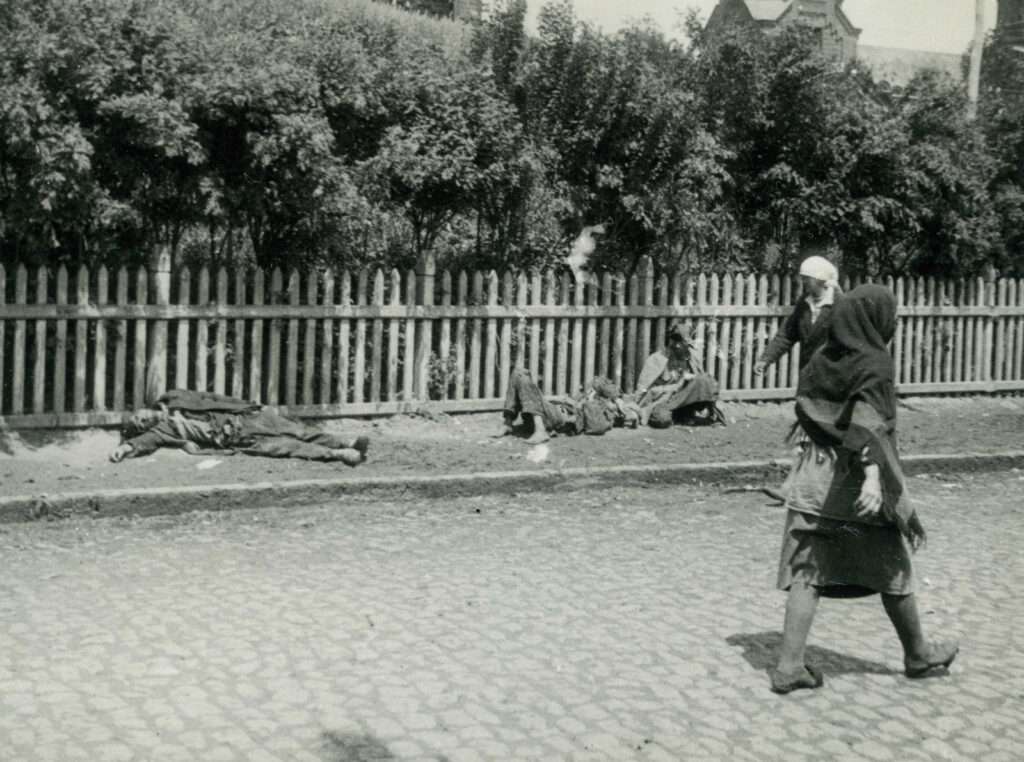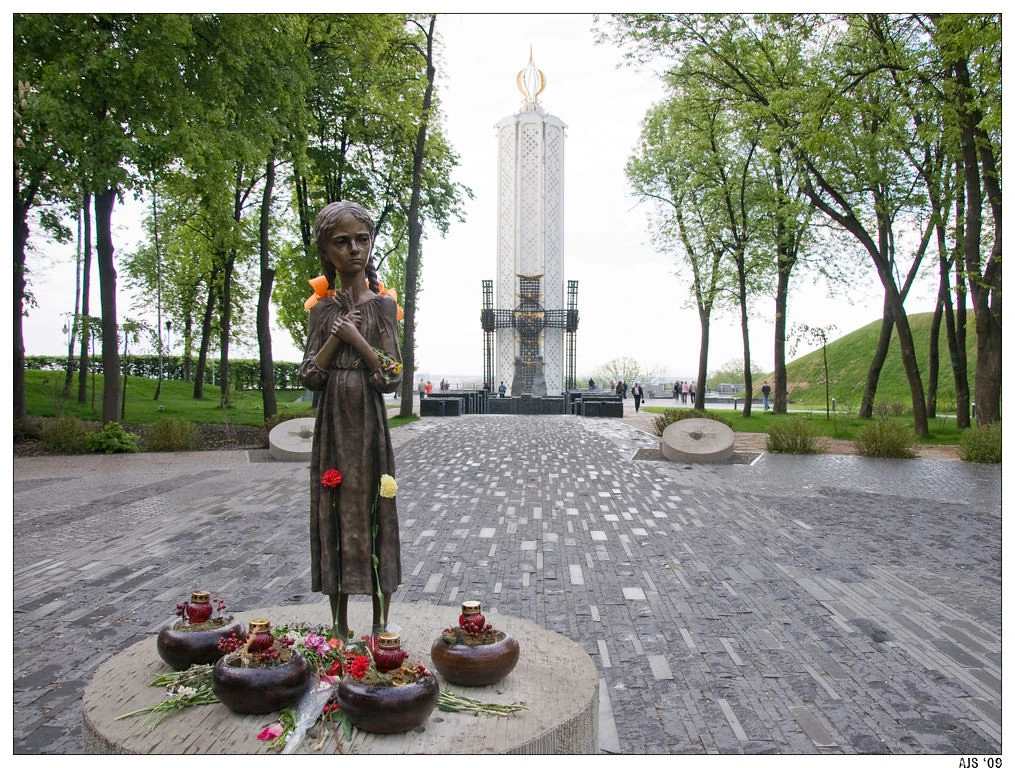The Holodomor, also known as the Terror-Famine or the Great Famine, was a man-made famine in Soviet Ukraine that murdered millions of Ukrainians from 1932 to 1933. The Holodomor was part of the larger Soviet famine of 1930-1933, which impacted the Soviet Union’s key grain-producing provinces.

While historians largely agree that the hunger was caused by man, whether the Holodomor constituted genocide is debatable. Some scholars believe that Joseph Stalin orchestrated and worsened the famine so as to wipe out a Ukrainian independence campaign. Others argue that the famine was principally the result of rapid Soviet industrialization and agricultural aggregation.
The Ukrainian SSR as well as the Moldavian Autonomous Soviet Socialist Republic were impacted by the drought in spring 1932 and from February to July 1933, with the highest casualties recorded in spring 1933.

Food supplies in towns were substantially reduced, and many people went hungry throughout winter 1932-1933 and spring 1933. The supplies allowed urban employees to periodically support their starving families in rural areas, but food supplies were increasingly reduced. By the spring of 1933, urban residents were also facing hunger.

Survival became both moral and physical fight. In June 1933, a female doctor wrote to a friend that she had not yet become a cannibal, but that she was “not sure that I shall not be one by the time my letter reaches you.”
The pleasant people were the first to perish. Those who declined to steal or prostitute themselves died of hunger. Those who fed others died. Those who refused to eat carcasses perished. Those who refused to cannibalism on other people perished. Parents who refused to participate in cannibalism died before their children.

In Ukraine, at least 2,505 persons were found guilty for cannibalism between 1932 and 1933, while the actual number of occurrences was almost definitely significantly higher.
The underlying causes of the famine are still being debated. Some experts believe that the famine was caused by both man-made and natural elements. The most prominent man-made component was agricultural changes brought about by rapid industrialization under the First Five Year Plan.
Some accuse a deliberate set of policies implemented by the Soviet Union under Stalin in order to eliminate Ukrainians. Stephen G. Wheatcroft, a historian explained that, the Soviet Union’s grain yield prior to the famine was a low harvest of between 55 and 60 million tons, possibly due to bad weather and limited mechanical power.
The Spikelets Law
The “Decree About the Protection of Socialist Property,” dubbed the “Law of Spikelets” by farmers, became law on August 7, 1932. The objectives of the laws was to defend the kolkhoz collective farms’ property. The Law of Spikelets got its name because, it permitted persons to be penalized for collecting surplus grains from fields. More than 200,000 persons were convicted under this statute.

In a letter to Lazar Kaganovich in September 1932, shortly before Kaganovich and Vyacheslav Molotov appointments as heads of special commissions, Joseph Stalin urged Kaganovich to oversee procurement of grains in Ukraine and Kuban, a region populated primarily by ethnic Ukrainians at the time, and told Kaganovich to compelled Ukrainian into absolute compliance.
There was a thorough eliminating of Communist Party officials at all stages throughout Ukraine. According to Oleh Wolowyna, 390 “anti-Soviet, counter-revolutionary insurgent, and chauvinist” factions collapsed, resulting in 37,797 arrests, 719 deaths, 8,003 others deported to Gulag prisons, and 2,728 persons sent into internal exile.

In the first ten months of 1933, 120,000 people in Ukraine were assessed in a top-to-bottom cleansing of the Communist party, with 23% of them being eliminated, as perceived class unfriendly forces.
The Soviet Union consistently denied that the famine had occurred. The NKVD (and later the KGB) overseen the archives during the Holodomor time frame and hesitantly made key data public.

The actual number of fatalities is a mystery, and it is probably difficult to determine even within a hundred thousand. However, by the end of 1933, millions of people had perished of starvation or other causes in the Soviet republics.
Based on a variety of official statistics, historian Stephen G. Wheatcroft observed in 2001 that official death figures for that time were deliberately suppressed and that many fatalities went unreported.
Experts believe that, the increase in population among Russian speaking Ukrainians, in the four Ukraine border regions with Russia, got it’s traces to the famine genocide. The reason has been that, due to the excess death of the ethnic Ukrainians in the rural borders, during the genocide, Russians began to settle in these regions. These regions have now grown to be known as the majority Russian speaking Ukrainians.
READ ALSO:South Africa Makes Decision On Russian Vessel And Putin’s Visit



















